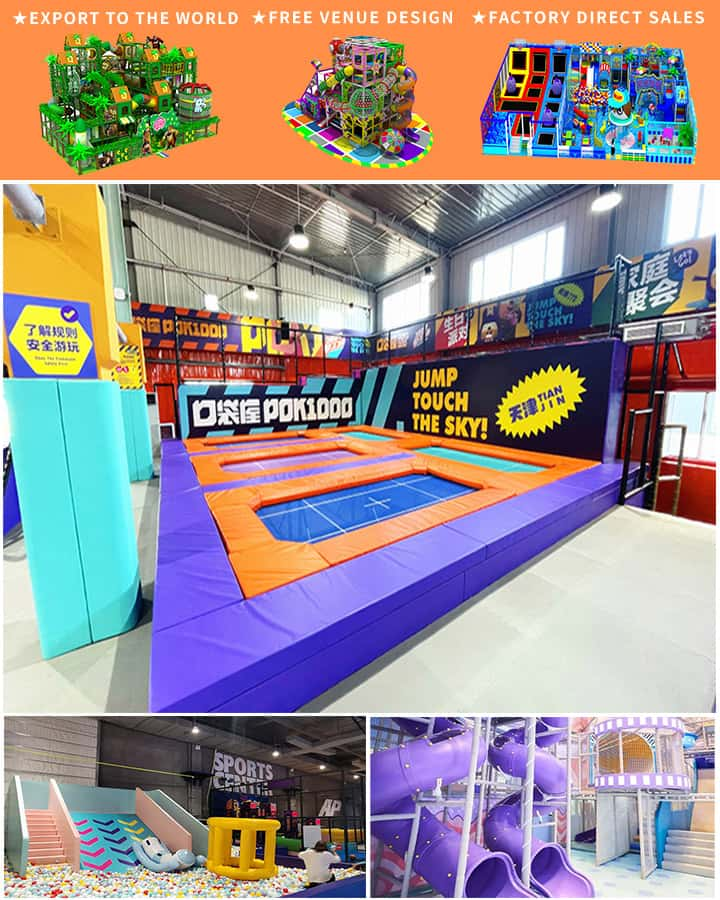When it comes to creating a safe and enjoyable environment for children to play in, the choice of playground flooring can make all the difference. Soft playground flooring is an essential component of any outdoor play area, providing safety, durability, and aesthetic appeal. This comprehensive guide explores the various aspects of soft playground flooring for outdoor spaces, helping you make informed decisions that will benefit both parents and children alike.
Why Soft Playground Flooring Matters
Safety is paramount in any playground setting. Traditional hard surfaces like asphalt or concrete can lead to serious injuries if a child falls. Soft playground flooring is designed to absorb impact, reducing the risk of severe harm from tumbles and falls. Additionally, soft flooring provides better traction, minimizing slips and slides on wet or muddy surfaces.
Types of Soft Playground Flooring
There is a wide variety of materials available for soft playground flooring, each with its own set of advantages and considerations. Here are some of the most popular options:
Rubber Mulch: Made from recycled rubber tires, rubber mulch is one of the most common choices for playground surfaces. It’s durable, cost-effective, and provides excellent shock absorption. Rubber mulch also offers good drainage, making it suitable for various weather conditions.

Wood Fiber Mulch: Another eco-friendly option, wood fiber mulch is made from processed wood waste. It has a natural appearance that blends well with outdoor surroundings and offers decent cushioning properties. However, it may require more frequent replacement compared to rubber mulch.
Synthetic Turf: Synthetic turf provides a lush, green surface that requires minimal maintenance. It’s resistant to wear and tear, and modern synthetic turfs are designed to be permeable, allowing water to drain through and preventing puddles. While it’s more expensive upfront, its longevity can justify the investment.
Foam Tiles: These tiles, made from high-density foam, interlock to create a resilient surface. Foam tiles are lightweight, easy to install, and provide excellent shock absorption. They are ideal for areas where portability is a factor, such as temporary playgrounds or indoor gymnasiums used for physical education classes.
Bonded Rubber Pavement: For a more permanent solution, bonded rubber pavement combines rubber crumbs with a binding agent to form a smooth, continuous surface. This type of flooring is extremely durable and offers superior impact absorption but tends to be more costly than loose-fill materials.
Installation Considerations
Installing soft playground flooring correctly is crucial for ensuring its effectiveness and longevity. Here are some key factors to consider:
Proper Base Preparation: A well-prepared base is essential for any playground surface. Remove grass, weeds, and rocks, and compact the soil to create a stable foundation. For added stability, consider using a geotextile fabric to prevent weed growth and soil movement.
Depth and Density: The depth and density of the soft flooring material will affect its performance. For example, rubber mulch should be installed at a depth of 9-12 inches, while bonded rubber surfaces typically require a thickness of at least 2 inches.
Maintenance Needs: Different materials have varying maintenance requirements. Rubber mulch may need occasional raking and replenishment, while synthetic turf requires regular cleaning to keep it free of debris and contaminants.
Environmental Impact
Choosing eco-friendly materials for playground flooring not only benefits the environment but also sets a positive example for future generations. Recycled rubber and wood fiber mulches are sustainable options that help reduce waste by repurposing old materials. Additionally, many manufacturers now offer products made from renewable resources or those that are fully recyclable themselves.
Conclusion
Selecting the right soft playground flooring for your outdoor space involves weighing factors such as safety, durability, aesthetics, and environmental impact. Whether you opt for rubber mulch, synthetic turf, or another material, investing in high-quality soft flooring will create a safer and more enjoyable play environment for children. By considering these guidelines and prioritizing proper installation and maintenance, you can ensure that your playground remains a haven of fun and security for years to come




